Shocked by Yang Guifei's real weight, exclusive love for 11 years, why no children?

0 | 0 Discuss | Share
In traditional Chinese weddings, the bride often wears a red headscarf when she goes to her husband's house. But few people know how scary the story behind it is.
Compared to ancient times, modern weddings are much simpler, omitting elaborate rituals such as the "three books and six ceremonies". However, the moment the groom lifts the red veil for the bride is still an important ritual that cannot be missed in traditional Chinese weddings. So where did this red veil originate from and why did women in ancient times have to wear it on their wedding day?
Originally, the veil was not used in wedding ceremonies but was used to protect the head from cold wind, dust and harsh weather. It had a similar function to the headscarf today. Gradually, over time, the veil was focused on aesthetics and became a favorite decoration for many women.
According to the records in "Thong Dien": "In ancient times, there were six wedding ceremonies. If there was a special occasion... the bride's head was covered with a veil, when she arrived at her husband's house, the husband lifted the veil, bowed to his parents-in-law, and then became husband and wife... this was called Bai Thoi Hon". The use of veils in weddings began during the Eastern Han - Wei Jin dynasties. This was a period of turmoil, wars occurred frequently, and performing all the wedding ceremonies took a lot of time.
Therefore, many rituals were simplified, forming "bai thoi hon", that is, during special times, special work was done, skipping the six cumbersome ceremonies, just using a cloth to cover the bride's face, going to the husband's house to quickly hold the wedding ceremony. During the Qi Dynasty - Southern and Northern Dynasties, most women used headscarves to protect against cold and wind.
During the early Tang Dynasty, Emperor Li Longji of Tang ordered his palace maids to wear "net cloth" to cover their heads as a form of makeup. The cloth could cover from head to shoulder, helping to conceal a woman's modesty.
It is also rumored that Emperor Tang Ming Huang wanted to create a breakthrough, so he created the "forehead net" (thâu ngang la). Later, from the Jin Dynasty to the Yuan Dynasty, the Han-style head covering custom became widely popular among the people, becoming an indispensable item for brides in weddings.
In ancient feudal society, marriages were often arranged by parents, and the couple had never met before the wedding night. Therefore, the bride’s veil was used to show privacy and maintain feudal etiquette. Only when the wedding ceremony was completed, the groom lifted the veil, and the two were officially allowed to meet. This action also symbolized leaving behind the past and starting a new life.
The veil not only maintains the ritual but also enhances the shy, mysterious beauty of women. The use of veils in weddings is not strange. In addition, the red veil also helps the bride hide her shyness. The moment the groom lifts the veil, the bride fully shows off her radiant, heart-touching beauty.
Therefore, the red veil becomes an indispensable item in the wedding ceremony and the veil-lifting ceremony also becomes an important step. Sometimes it is also to ward off evil spirits. According to custom, the groom will remove the veil at the wedding ceremony or can also remove the veil when entering the bridal chamber, this practice started from the Eastern Han Dynasty.
Why is the bridal veil red and not yellow or blue? The answer is that from ancient times to the present, red has always been the preferred color for happy occasions in China. It not only symbolizes luck and goodness but also symbolizes a prosperous and happy married life, conveying the hope for a bright future. Moreover, the traditional wedding dress is also red, so the red veil also helps create harmony and uniformity in terms of aesthetics.
However, besides the good meaning, the headscarf also has another scary story. According to legend, the custom of brides wearing red scarves originated from a legend from the Shang Dynasty.
King Tru Vuong had in his hands a general named Van Trong who was very good at military strategy. He led his army to victory in every battle. He was brave, good at fighting, courageous and resourceful. This man was feared by three dynasties. However, at home, this general was famous for loving and being "afraid of his wife", seeing his wife like a mouse seeing a cat.
Once, upon hearing the news of Wen Zhong's great victory in the western expedition, King Zhou led his ministers and soldiers out of the city to welcome him, and held a banquet outside the city to reward the three armies. During the banquet, a minister teased Wen Zhong in public: "You can't even handle your own wife, so you're not that talented."
Then the officials burst out laughing, Van Trong blushed and did not say a word. King Tru Vuong accidentally heard about Van Trong's wife, so he suppressed his suspicions, put on civilian clothes and quietly left the palace to investigate. Unexpectedly, he saw the heroic general kneeling before his wife, which shocked the king.
After King Zhou returned to the palace in anger, he immediately issued an edict to the high-ranking officials to bring their wives into the palace the next day, and Wen Zhong's wife was naturally among them. Unexpectedly, right after everyone's pilgrimage, King Zhou ordered the guards to tie up Wen Zhong's wife and reprimanded her in public: "My Shang general was humiliated by a fool like you, kneeling on the ground to listen to his wife's reprimand, right? Do you intend to be on par with me?"
Having said that, King Tru ordered his men to behead Van Trong's wife on the spot. Blood spurted out wildly, and her neck was wrapped in white silk, and the blood stains soon dyed the silk red. Seeing this, the King immediately ordered his men to hang the red silk stained with blood on the top of the wall, and ordered the brides to wear red scarves like the blood-stained silk when they got married, and to obey their husbands and serve their husbands with all their hearts.
After that, the wives of Qing Dynasty officials and soldiers no longer dared to raise their voices at their husbands. And this rule has been passed down from generation to generation, the custom of brides wearing red headscarves in China still exists but few people mention this reason.
However, nowadays, with the development of society, young people are free to love and choose the form of marriage. Modern weddings are gradually replacing traditional weddings, red veils are also gradually replaced by white wedding dresses. However, the good meaning that red veils bring, symbolizing luck and complete happiness, is always preserved and cherished.
Unique wedding: 1 groom, 2 brides, police involved, explanation causes confusion  Bình Minh11:44:30 19/04/2025The wedding with one groom but two brides is attracting much attention and discussion from the public. Authorities even stepped in to verify but received an extremely confusing answer.
Bình Minh11:44:30 19/04/2025The wedding with one groom but two brides is attracting much attention and discussion from the public. Authorities even stepped in to verify but received an extremely confusing answer.

0 | 0 Discuss | Share
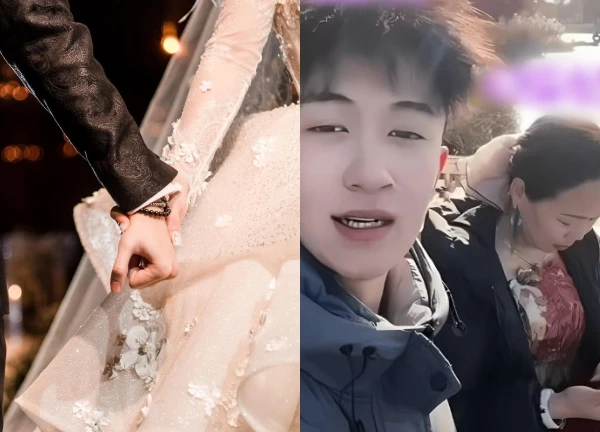
0 | 0 Discuss | Share
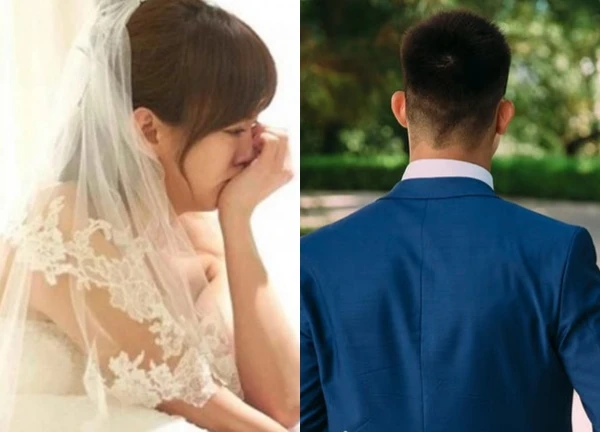
2 | 0 Discuss | Share
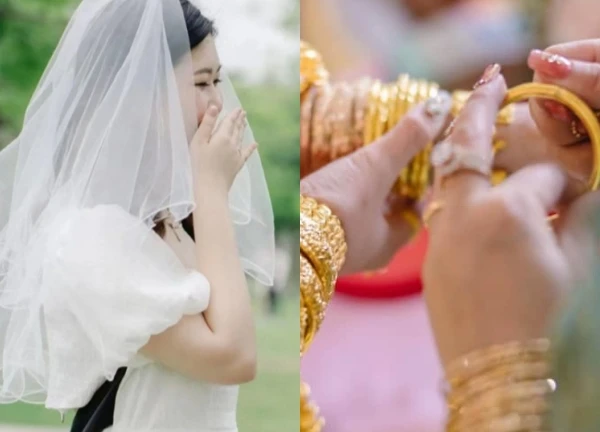
5 | 1 Discuss | Share

4 | 1 Discuss | Share
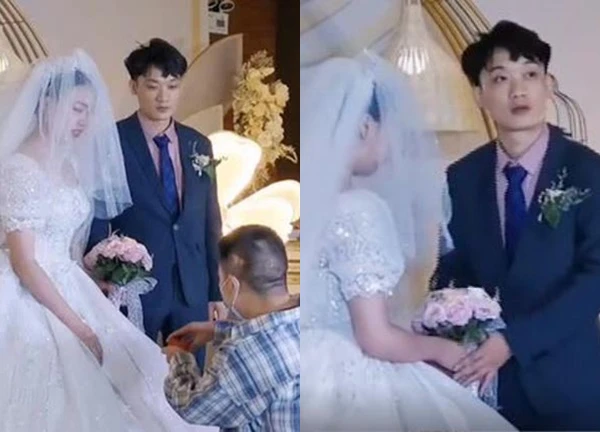
3 | 1 Discuss | Share
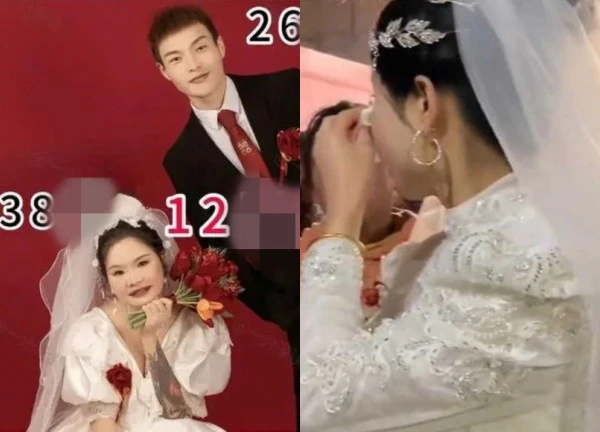
4 | 1 Discuss | Share
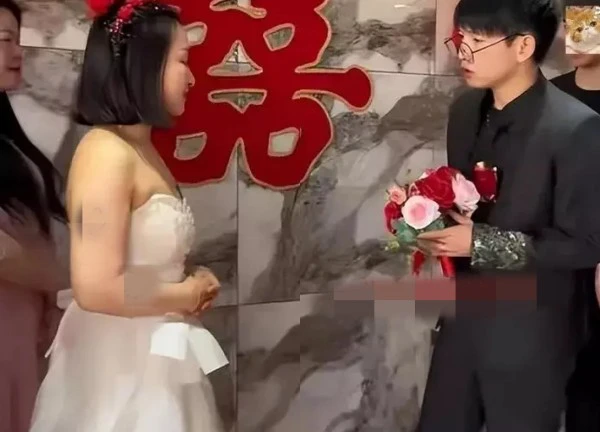
8 | 1 Discuss | Share

1 | 1 Discuss | Share
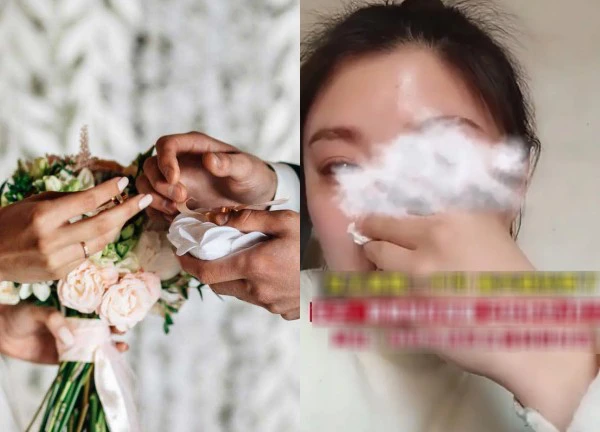
1 | 1 Discuss | Share
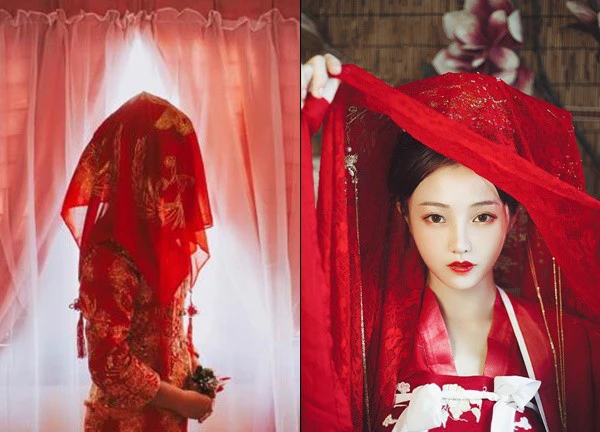
1 | 1 Discuss | Share
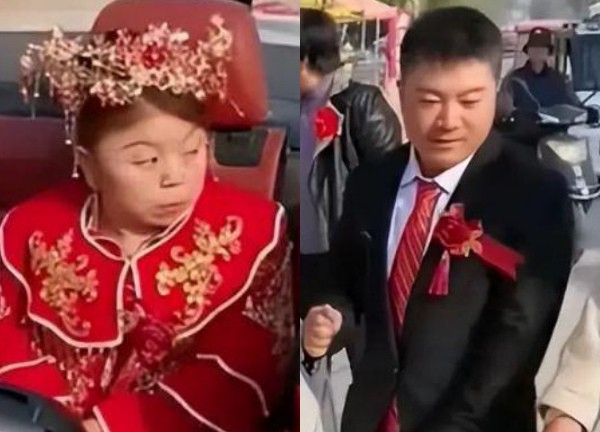
0 | 1 Discuss | Share










2 | 0 Discuss | Report